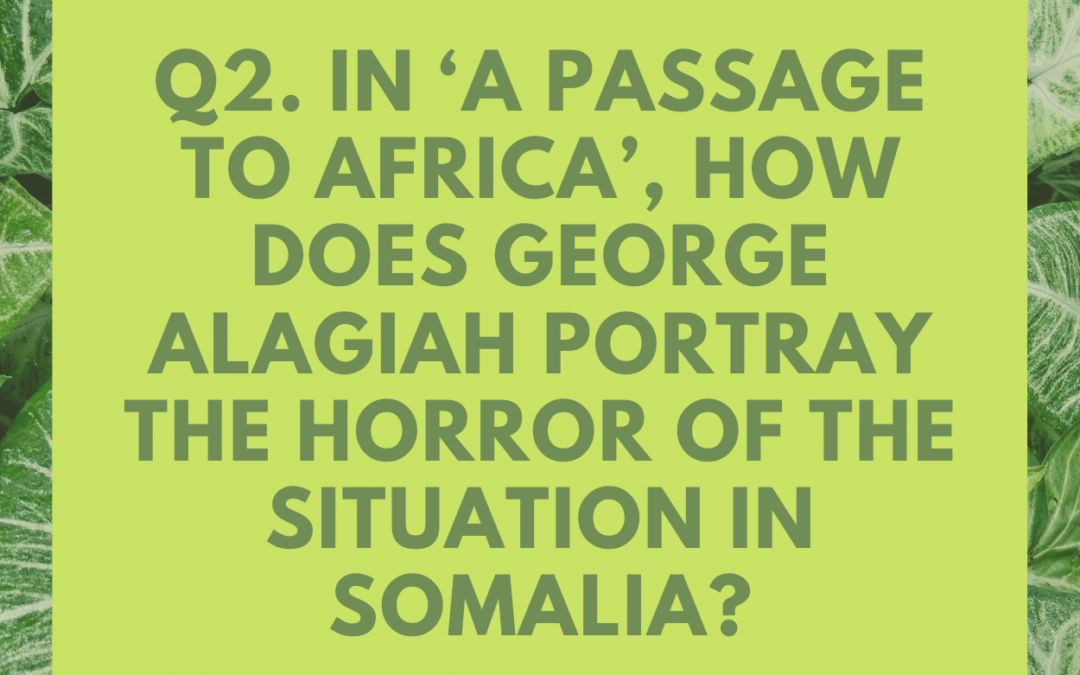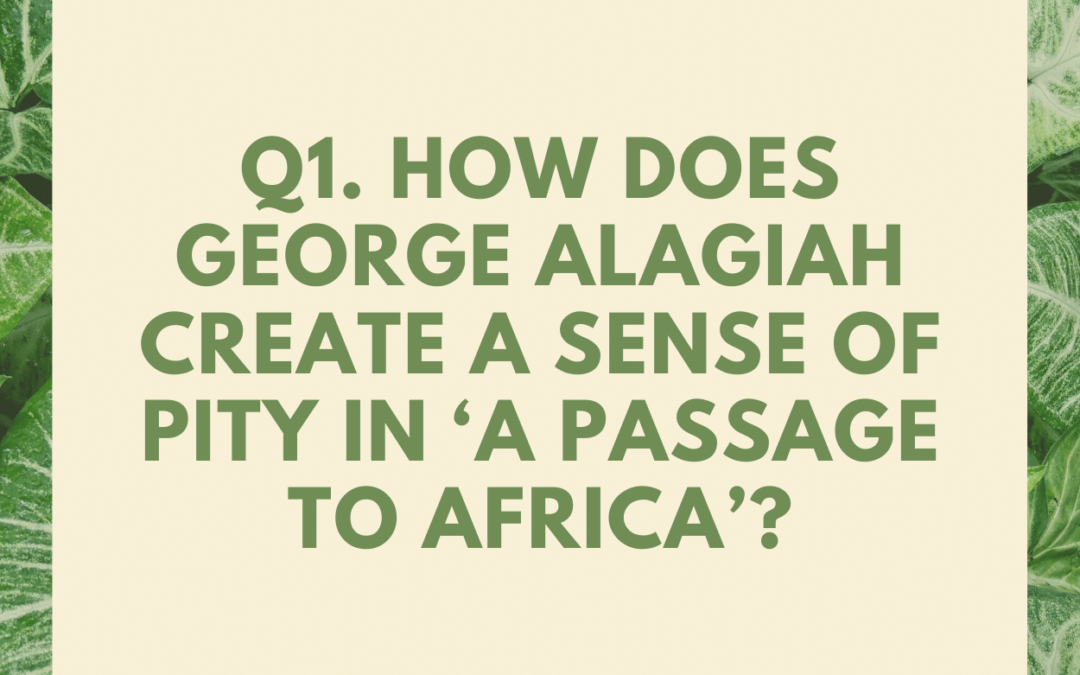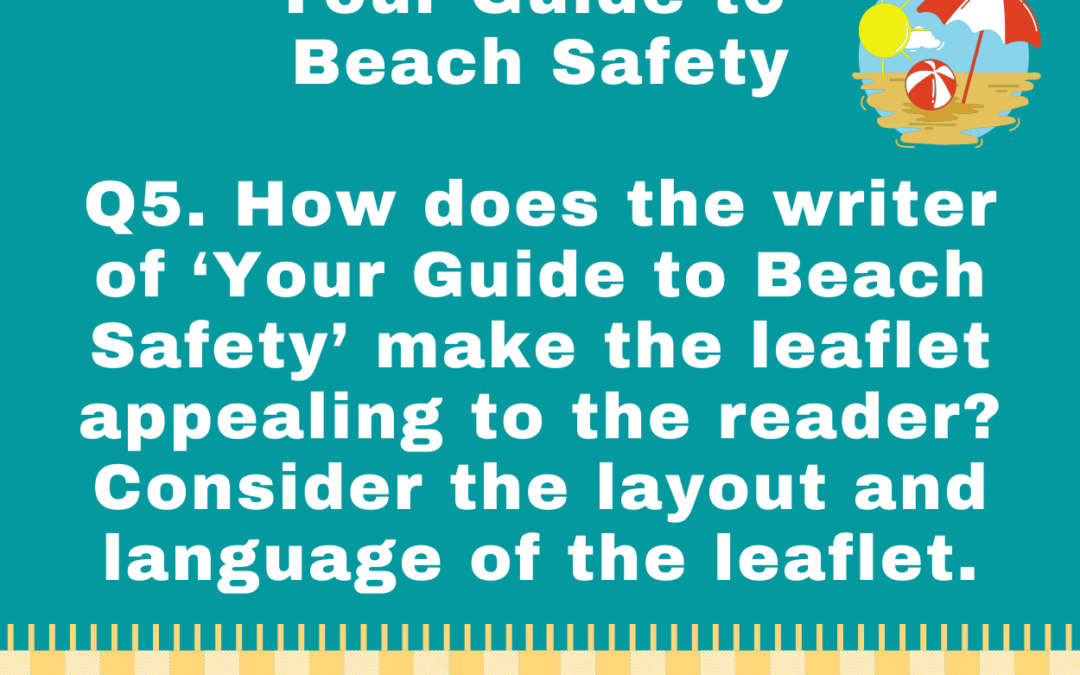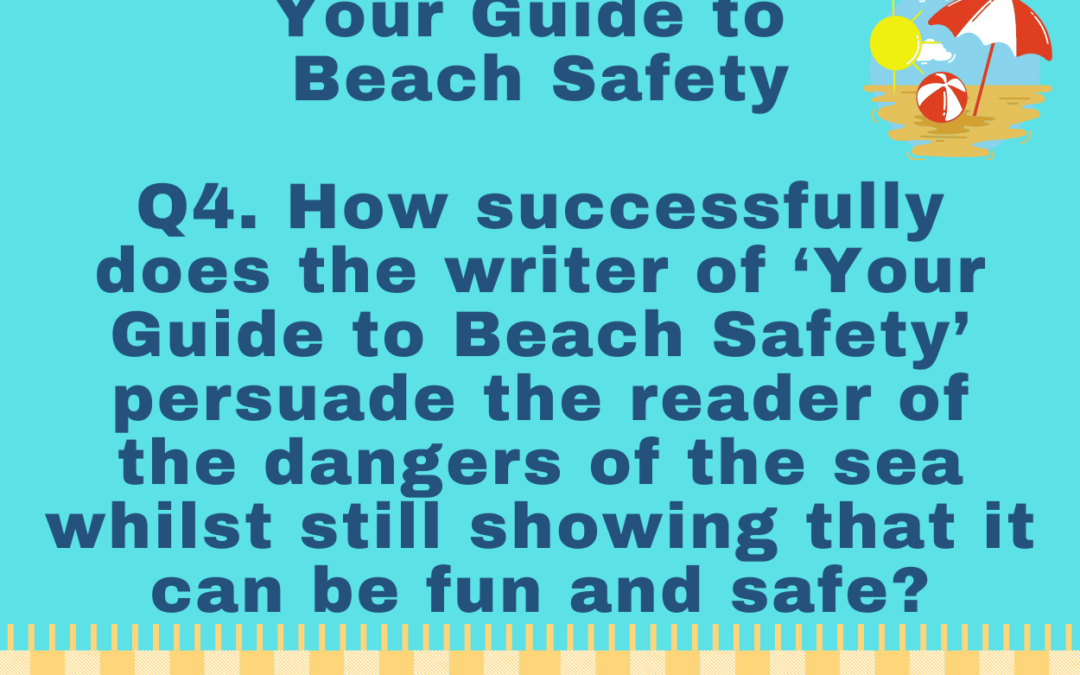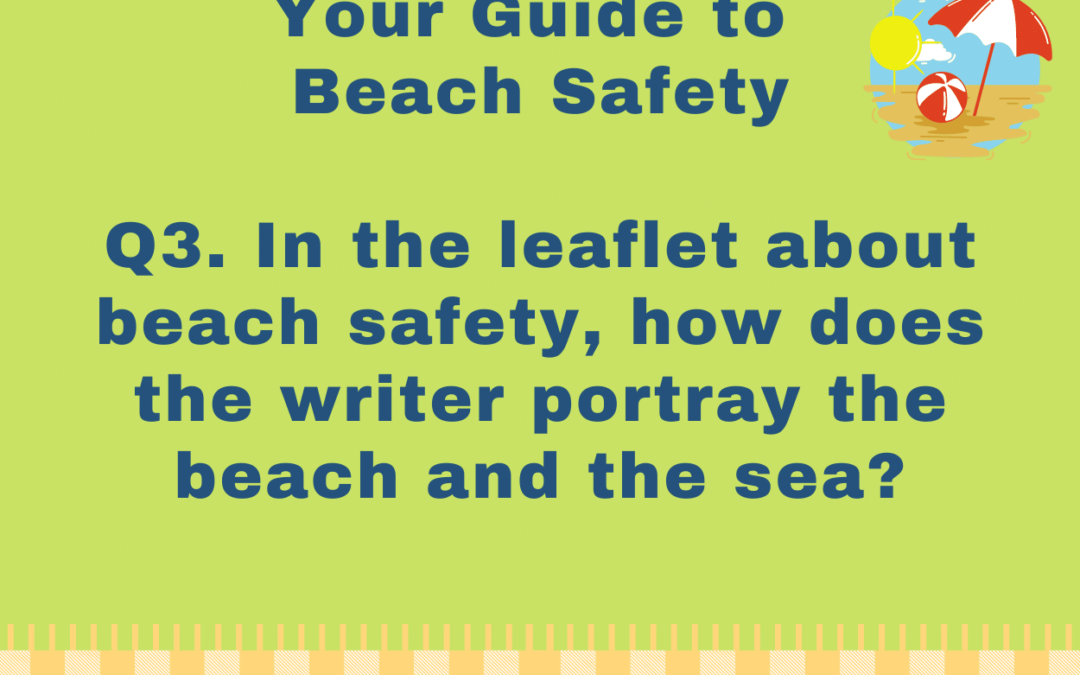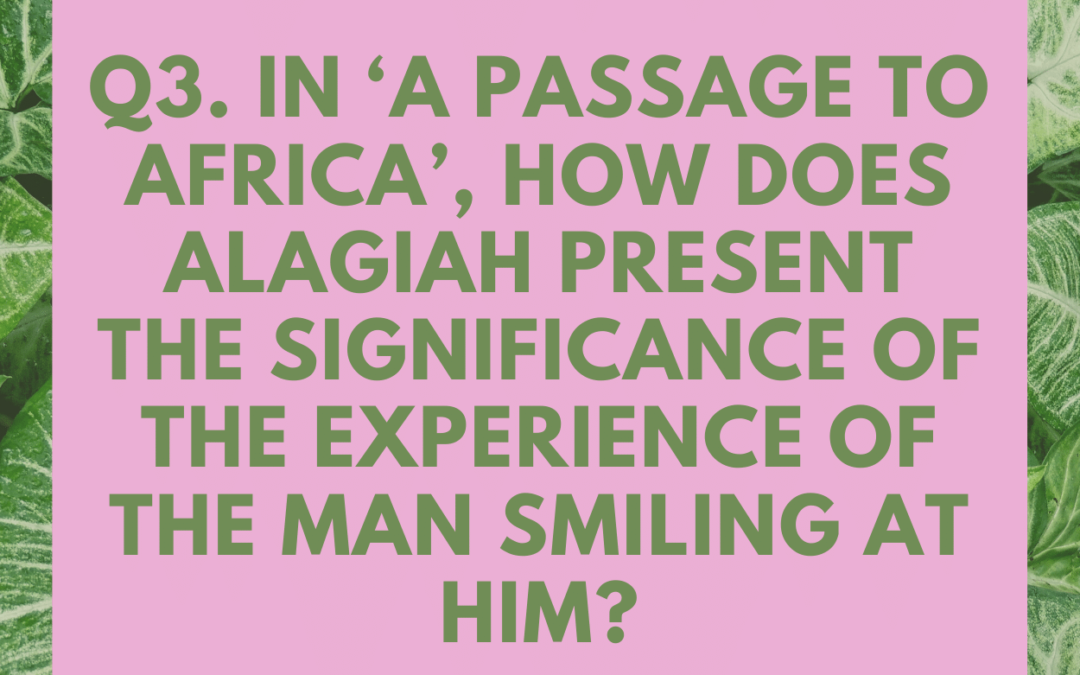
IGCSE A Passage of Africa by George Alagiah Model Essays Question 03
Edexcel English IGCSE: A Passage to Africa by George Alagiah
Q3. In ‘A Passage to Africa’, how does Alagiah present the significance of the experience of the man smiling at him?
In your answer, you could write about:
- the description of the experience;
- his relationship with the man;
- the role of the journalist;
- the writer’s use of language.
You should refer closely to the passage to support your answer. You may use brief quotations.
Edexcel English IGCSE Model Essay by an Expert
Alagiah’s relationship with the smiling Somalian man is complex. The smile challenges established boundaries between observer and observed, and causes Alagiah to question his role as a journalist.
Throughout the passage, Alagiah refers to the face he “will never forget”, showing the significance of the man’s smile. By giving no detail about it until the end of the passage, tension is creating as the reader awaits the details of the experience. When describing the experience, Alagiah repeatedly refers to the brevity of the experience: “only a few seconds”, “fleeting meeting” and “brief moments”, for example. This shows that although the experience was momentary, it was powerful enough to leave a lasting impression on him. He refers repeatedly to “that face”, “the face” and “its owner”, seemingly separating the face from the person. The effect of this is to draw the reader’s focus onto the man’s smile, as opposed to the state of his body or health. The rest of the passage focuses on bodily dysfunction and graphic descriptions of injury and sickness. The important thing about this man is his expression, not his poverty or ill health.
Alagiah’s reaction to the smile highlights how unusual and significant this encounter was. His initial reaction is confusion. He lists the things that the smile was not, and asks questions – “how could it be?” and “what was it” – to express this confusion. He is also confused by his own emotional reaction to the experience, as he is moved beyond the “pity” and “revulsion” which he expresses in the first half of the passage. The short, direct sentence, “I had to find out,” reveals his determination to get to the bottom of the strange smile. It transpires that the man smiled because he was embarrassed to be found in such terrible conditions.
This embarrassed smile shocks Alagiah, because it challenges his position as a journalist in relation to the people he investigates. The experience “cut to the heart” of this relationship; the language is idiomatic, but also gives the impression of physical violence, as if this experience has caused Alagiah to suffer, too. He is made suddenly aware of the privileges that he enjoys as a strong, wealthy and healthy individual. The use of opposites highlights the contrasts between the two men: “us and them”, “the rich world and the poor world”, the man is “weakened” and “ground down”, whilst Alagiah is “strong and confident”. The man’s smile breaks down these differences, and reminds Alagiah of the shared humanity between them, and the injustice of their vastly contrasting circumstances.
This moving experience gives Alagiah renewed determination to portray the story of the Somalians’ suffering with “power and purpose”. The relationship between himself and his subjects is troubling and uncomfortable; through this experience, Alagiah resolves to use his privileged position to share his subjects’ stories.



